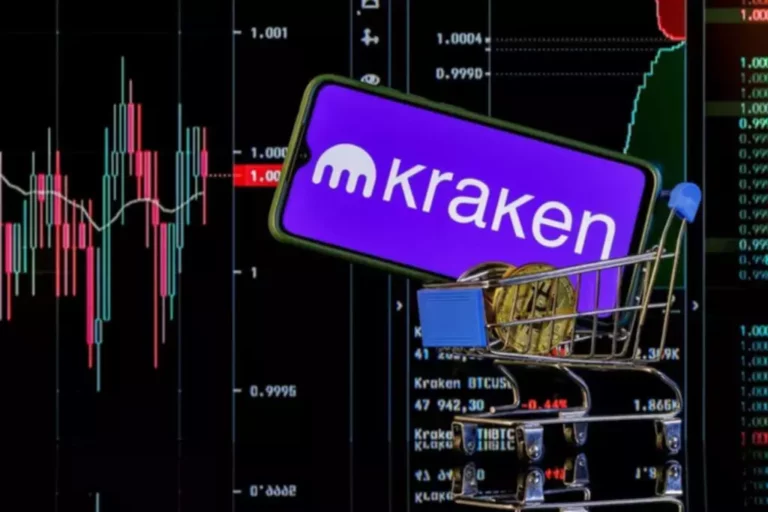Content
The fund company pays managers and analysts big money to try to beat what are the pros and cons of active investing the market. That results in high expense ratios, though the fees have been on a long-term downtrend for at least the last couple decades. Recent trends show a growing preference for passive strategies, driven by their predictability and lower fees. However, understanding the strengths and limitations of both approaches is crucial for making informed investment decisions.
How Much of the Market Is Passively Invested?
Content is current as of the publication date or date indicated, and may https://www.xcritical.com/ be superseded by subsequent market and economic conditions. Recency bias is the tendency to believe that recently observed patterns will continue into the future, and it’s a powerful force that can influence investor decisions. But investors who only take recent performance into account are missing the forest for the trees.

Best Brokers for Beginner Investors: Top Picks for 2024

The idea behind actively managed funds is that they allow ordinary investors to hire professional stock pickers to manage their money. When things go well, actively managed funds can deliver performance that beats the market over time, even after their fees are paid. In general, passive investors believe that markets are efficient, meaning that prices accurately reflect fair values based on all available information, with risk/reward constantly priced in. For example, you might think that a new tech company’s stock will soar in value, and thus become an active Fintech investor by buying a lot of shares to tilt your portfolio in that direction.
Quick Comparison: Active Funds Vs. Passive Funds
Its 2020 analysis included nearly 4,400 funds representing approximately $15.9 trillion USD in assets. And like the other reports, Morningstar corrects for survivorship bias by including all funds that existed at the beginning of each measurement period. Well, as of December 31, 2020, 80% of Canadian large-cap equity funds underperformed Vanguard’s chosen benchmark, the MSCI Canada Large Cap Index. U.S. equity funds were even worse, with 93% of them underperforming the MSCI USA Investable Market Index over the same period.
The Simple Savings Strategy Most High-Income Earners Overlook
Active managers can do the research to seek out these higher-quality companies, which are better able to weather an economic slow-down. «A lot of things that typically work in the early part of the cycle start to lag when the early phase dies out, and investors grow concerned about slowing growth and the Fed getting involved,» Canally says. «Valuations now matter more than they did in the last few years,» says Michael Sowa, Deputy Chief Investment Officer in TIAA’s Investment Management Group. «Active managers can select the stocks they feel are a good value relative to their performance.» We believe everyone should be able to make financial decisions with confidence.
It also takes less effort to manage a portfolio as it is a hands-off strategy. It is also less risky than active investing, as the investment is highly diversified, with the only real risk being market risk. J.P. Morgan Wealth Management is a business of JPMorgan Chase & Co., which offers investment products and services through J.P. Morgan Securities LLC (JPMS), a registered broker-dealer and investment adviser, member FINRA and SIPC. Insurance products are made available through Chase Insurance Agency, Inc. (CIA), a licensed insurance agency, doing business as Chase Insurance Agency Services, Inc. in Florida.
Some active funds closely replicate the asset weightings of an index fund, but at a higher price point. Differences in performance between US and ex-US real estate securities cause active managers’ success rates to ebb and flow. Some category funds invest exclusively outside the United States, while others are more global. The US large-cap market has been particularly challenging for active managers due to its competitiveness and representative indexes. Just 20% of them survived and beat their average passive rival over the decade through June 2024. This “benchmark” reflects the net-of-fees performance of investable passive funds.
- Options investors may lose the entire amount of their investment or more in a relatively short period of time.
- The outcomes of an actively managed fund can vary widely from a passively managed fund.
- Finally, we closely monitor the performance to help ensure that managers and portfolios are behaving as we would expect given the market environment.
- We seek to allocate tracking error across asset classes (for instance, among U.S. large-cap, U.S. small-cap, and international equities).
- When it comes to investing, one of the key decisions facing investors is the choice between passive and actively managed funds.
- With passive investing, you generally ignore the daily fluctuations of the stock market.
Remember that great performance over a year or two is no guarantee that the fund will continue to outperform. Instead, you may want to look for fund managers who have consistently outperformed over long periods. Some investors have built diversified portfolios by combining active funds they know well with passive funds that invest in areas they don’t know as well. Many people believe that passive investing for beginners is better because you’re generally getting diversified exposure, with lower risk and lower costs than comparable active funds. The consideration of risk and return between active and passive can vary a lot based on the fund, but to generalize, active has a higher risk/return profile than passive typically. There’s the potential for active to outperform the market and have very high returns, although there’s often a higher risk of losses.
If you think passive investing sounds too passive, know that being a spectator can have its merits. While technically it’s possible to set up a passive investment strategy by buying and holding individual securities to match an index, typically this is achieved by buying investment funds. Typically, exchange-traded funds (ETFs) are passive investment vehicles, but not all are, so it’s important to carefully consider the fund’s strategy. Individual investors, especially beginners, typically take the route of passive investing, which aims to match the returns of an index or overall market and steadily build wealth over the long term, often with low fees and relatively low risk. Passive managers generally believe it is difficult to out-think the market over short periods of time, so they simply try to match market or sector performance.
Using it, investors purchase the securities in a representative benchmark, such as the S&P 500 index, and hold them for a long time. By researching and analyzing specific stocks or overarching market behavior, active investors try to improve their returns as they buy and sell securities. If you’re interested in active investing, there are many different trading strategies available. A balanced portfolio might mean dedicating a smaller proportion of investments to riskier active trading moves.

Alpha is calculated by comparing the volatility of the portfolio to some benchmark. Every month we analyse and rank over 100 fund managers including SJP, Aviva, L&G, Fidelity and more. The Quilter Investors US Equity Growth Fund U2 Acc GBP is a standout performer in the IA North America sector, consistently surpassing sector averages with notable returns. Advisory services are provided by Advice & Planning Services, a division of TIAA-CREF Individual & Institutional Services, LLC, a registered investment adviser. For instance, strong companies can often raise prices in the face of inflation without sacrificing sales.
It may not be flashy or exciting, but it’s a strategy you can take to the bank…literally. Morgan Stanley Smith Barney LLC, its affiliates and Morgan Stanley Financial Advisors do not provide legal or tax advice. This material should not be viewed as advice or recommendations with respect to asset allocation or any particular investment. This information is not intended to, and should not, form a primary basis for any investment decisions that you may make. Morgan Stanley Wealth Management is not acting as a fiduciary under either the Employee Retirement Income Security Act of 1974, as amended or under section 4975 of the Internal Revenue Code of 1986 as amended in providing this material.
Passive investment can be an attractive option for hands-off investors who want returns with less risk over a longer period of time. Index fund managers usually are prohibited from using defensive measures such as reducing a position in shares of particular securities, even if the manager thinks those share prices will decline. They are designed to provide returns that closely track their benchmark index, rather than outperformance. They rarely beat the return on the index, and usually return slightly less due to operating costs. Passive, or index-style investments, buy and hold the stocks or bonds in a market index such as the Standard & Poor’s 500 or the Dow Jones Industrial Average.
This fund focuses on smaller, often overlooked companies within rapidly developing markets, aiming to capture the growth potential of businesses in their early stages of development. This approach offers investors a unique opportunity for diversification and high growth potential. This performance difference becomes more interesting when we examine the top performers in each sector.
